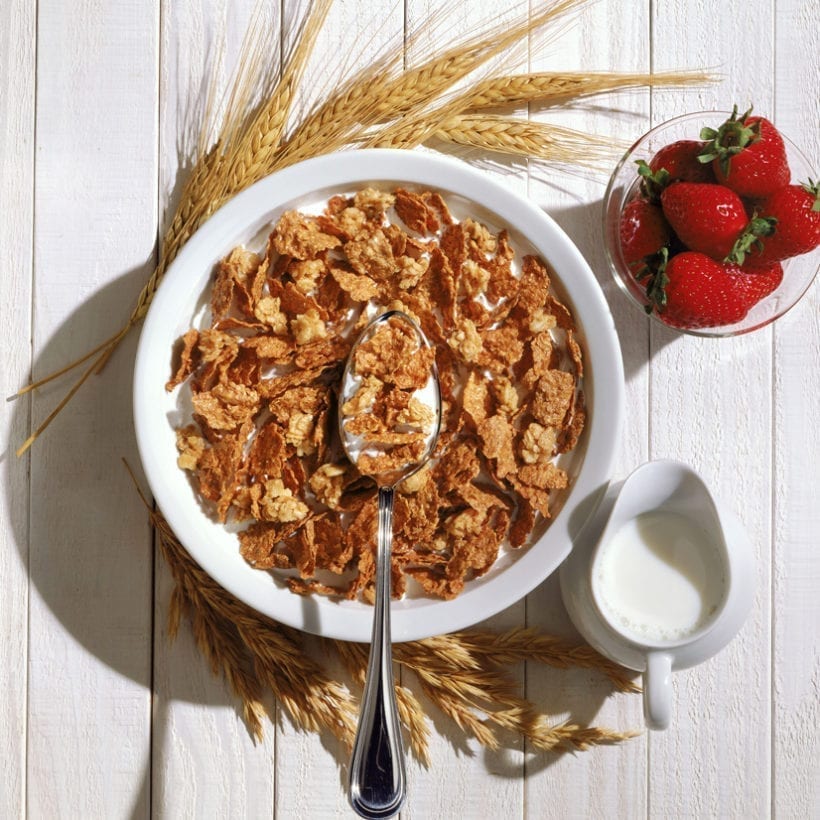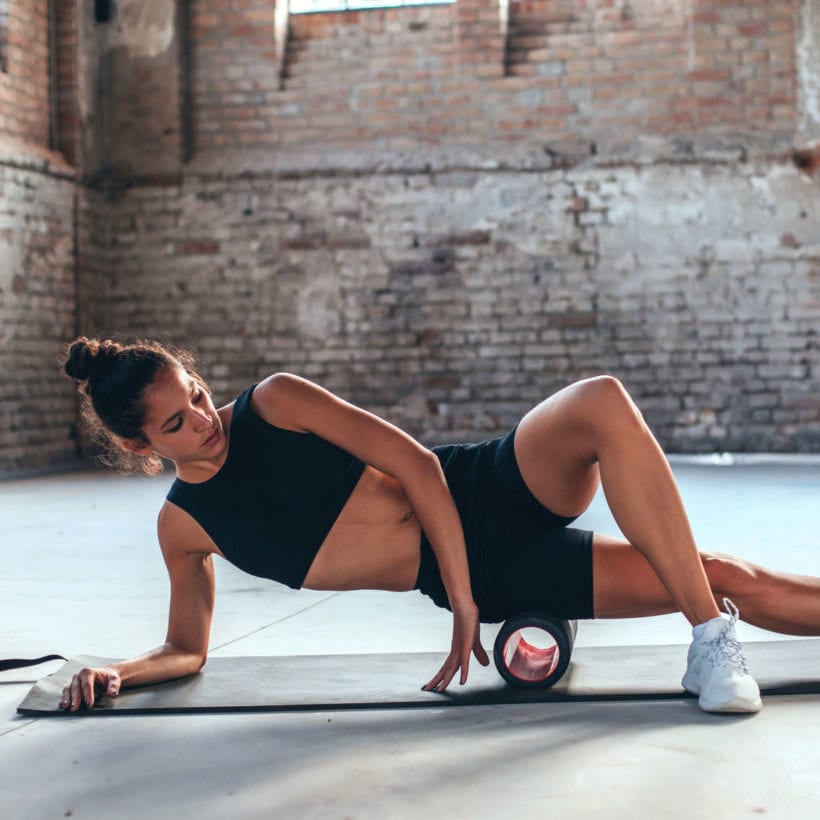When you think of exercise, what springs to mind? Running outside, pumping weights in the gym or perhaps attending a pilates class? While these are all excellent forms of exercise, what if you get extra fitness in your day without blocking out an hour of your schedule or even putting on your trainers? Welcome to the concept of incidental exercise. This is defined as small amounts of activity built up over one day and it has the power to transform your health.
What is incidental exercise?
Also known as Non-Exercise Activity Thermogenesis, or NEAT, incidental exercise is movement or exercise which you do throughout the day, separate from a structured workout. Movement Specialist Stacy Weeks puts it neatly: “It is effectively habit stacking a physical activity onto a regular everyday action.” It’s a win-win situation for your health and your schedule. “You’re burning extra calories by doing everyday tasks. Most people often don’t even realise they’re doing incidental exercise,” a personal trainer and founder of The Warrior Method Eliza Flynn explained.
The benefits of incidental exercise
While incidental exercise will never replace actual exercise completely, it certainly helps keep you fit and active. It’s what Flynn calls incremental: “While an isolated period of incidental exercise doesn’t feel like much on its own when you combine it with other types of incidental exercise it can soon add up.” Keeping active throughout the day works your muscles and burns additional calories.
These moments of movement also boost energy and get you going — just think about how a brisk walk can wake you up. “Moving more increases blood flow to your joints and muscles. In turn, bursts of activity can help you feel more energised,” Flynn said.

Incidental exercise makes your body move in different ways to normal which is good for challenging different muscle groups. “Chasing your kids in the park isn’t the same as going for a run or a walk, as you’re changing directions, changing your speed, etc, so different muscles are being worked,” Flynn explained.
If you’re at the beginning of a get-fit journey it can really help too. Firstly, it simply gets you used to be more active. “It can help you build long-term habits to sustain movement in your life as well and prepare for that exercise class or gym session you are working towards,” Weeks said. From a mental standpoint, this helps too. “You do not feel overwhelmed by thoughts like: ‘what do I wear to my first Pilates class.’ It can be incredibly empowering and confidence-boosting,” Weeks said.
Incorporating more incidental exercise into your day
Modern life has made it very easy to not move at all. We can order pretty much anything to our door and access most places without even walking. Flipping your mindset to take the active option is key here. Sometimes we have to push ourselves to take this option, it’s easier to be lazy but doing so will reap bigger rewards.

Here, personal trainer Eliza Flynn, shares her favorite ways to get more incidental exercise into your day:
- Stand and walk around when you’re on your phone. Pace the room or head outside into the fresh air. If you’re not in a position where you can walk about, stand and do some heel raises.
- Choose to walk on different surfaces. If you live near a beach, choose to walk on the sand rather than the promenade — this works muscles harder. If you are feeling playful, hop onto a low walk and balance along it.
- Choose a shopping basket or two when you go to get groceries, rather than getting a shopping cart.
- Take every opportunity for active play with your kids. Chase them, roll about on the floor or grass with them, play catch, climb trees. Even lifting your kids into the tree counts.
- Park your car at the far end of the parking lot so you have to carry your bags further. Or, if you drive to work, park your car as far from the entrance as you can.
- Stand on one leg while brushing your teeth. Try lifting your leg out to the front, side and back and holding it there. Try standing on your toes on your supporting foot. It’ll challenge your core, your balance and work all your foot muscles.
- We rely on cars far too much and it’s rare that people walk anywhere, even in cities. Identify opportunities to walk, and make the most of them.
- Make yourself move. Unplug your Alexa or Google Home so you have to manually switch on your lights or turn on your coffee maker yourself.
- When you pick something up from the floor or look in a low cupboard, optimise your movement by kneeling into a lunge, or coming into a low squat.
- Challenge yourself to take the stairs, rather than the elevator or escalator. Even 20 seconds of stair climbing several times a day, several times a day is beneficial.
- If you have children, try taking them out without the stroller. If they get tired, carry them instead in a baby carrier — either a fabric carrier for small babies or a backpack-style one for older children. You can often carry children up to 20kg in these — about 3 or 4 years old.
- Sit on the floor to watch TV rather than on the sofa. You’ll find yourself using and strengthening muscles you wouldn’t normally, and shifting positions more frequently.
Choosing the active option and incorporating these pockets of exercise into your day will make you feel good, improve fitness levels and help you live a healthier life. Why not start today?
We only recommend products we have independently researched, tested, and loved. If you purchase a product found through our links, Sunday Edit may earn an affiliate commission.







